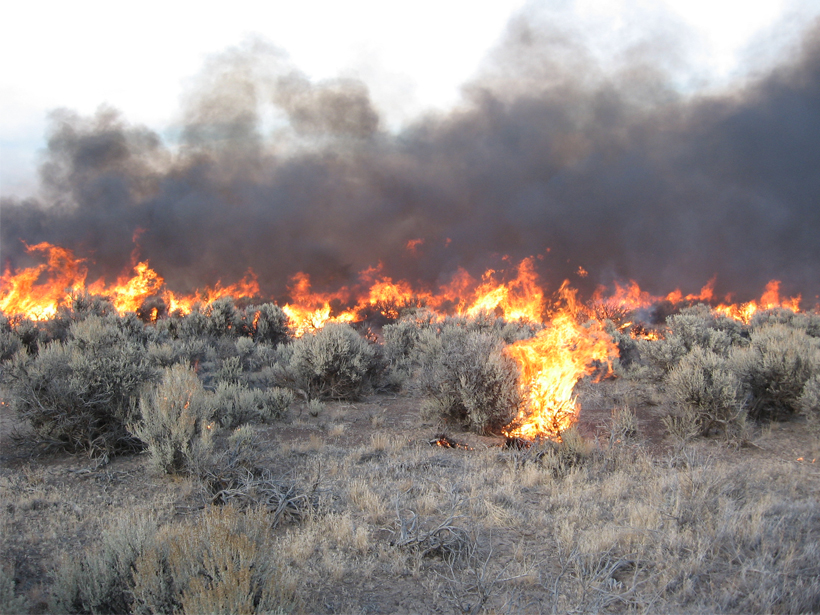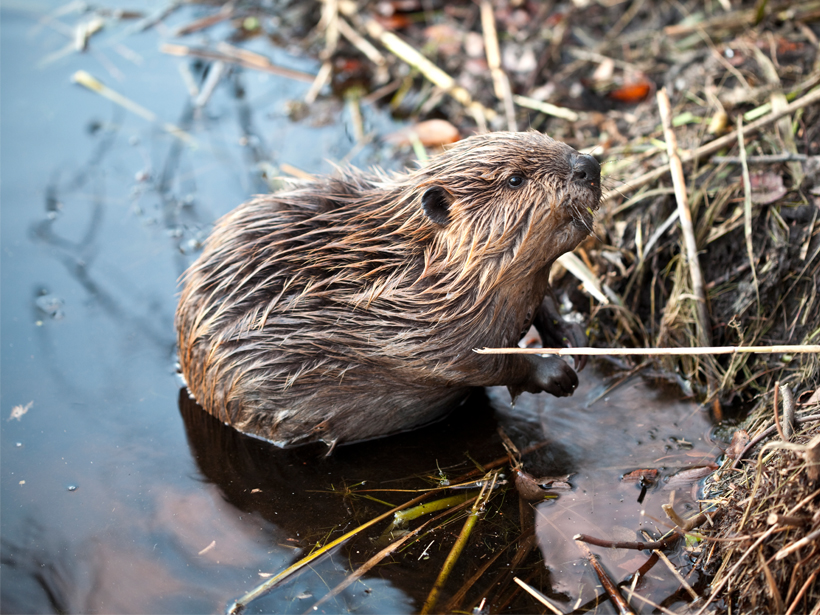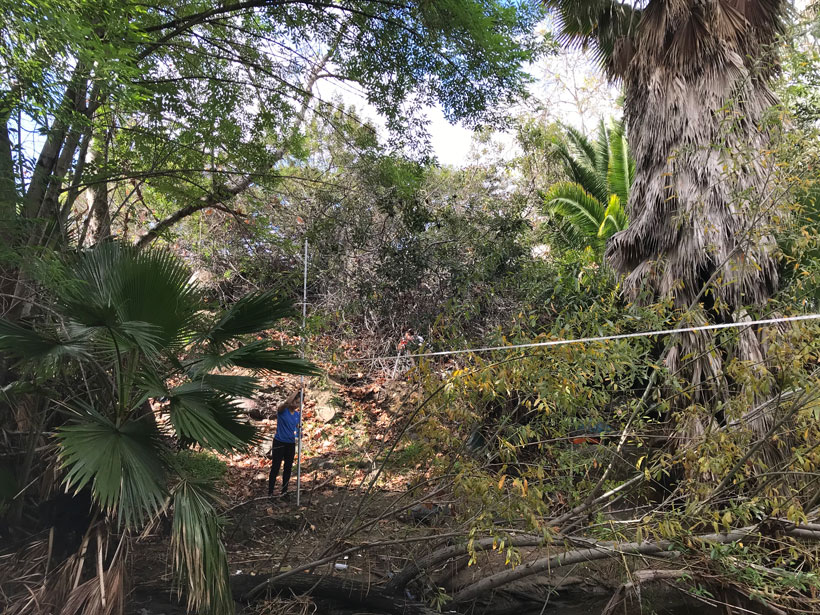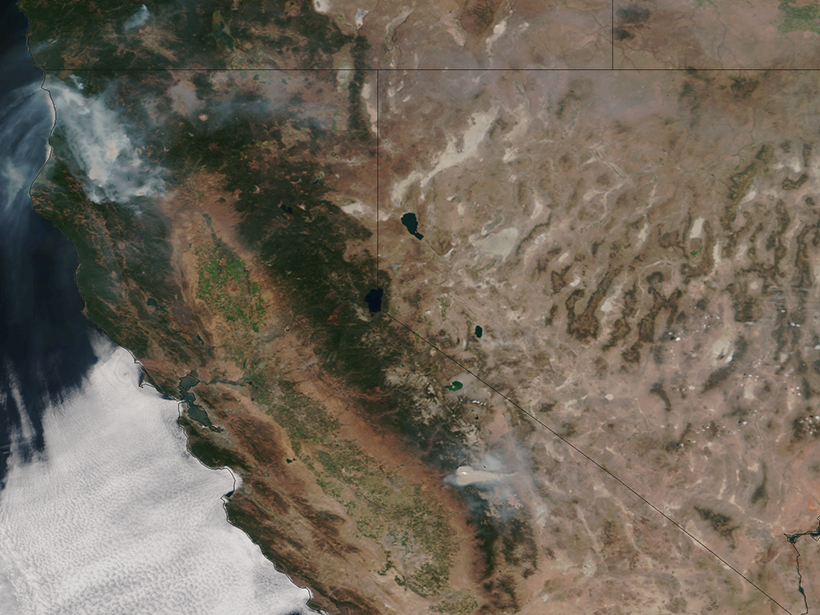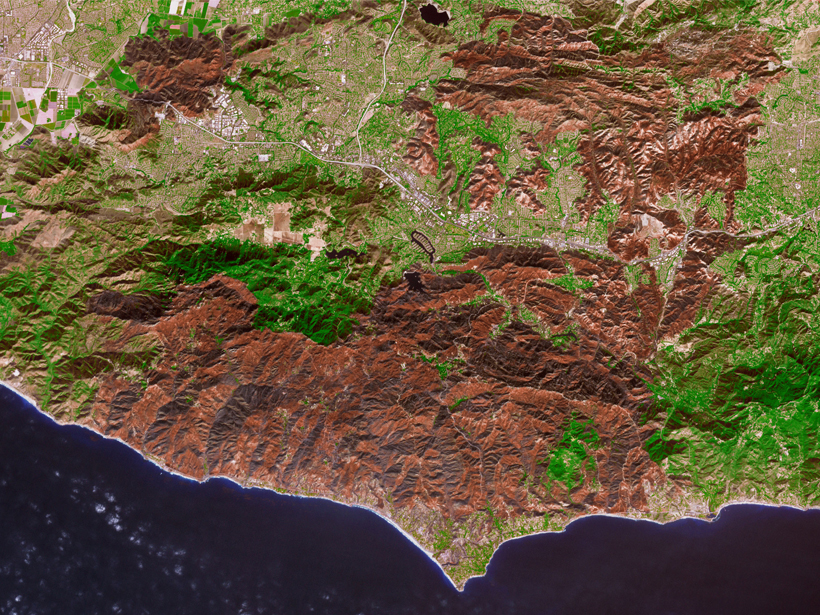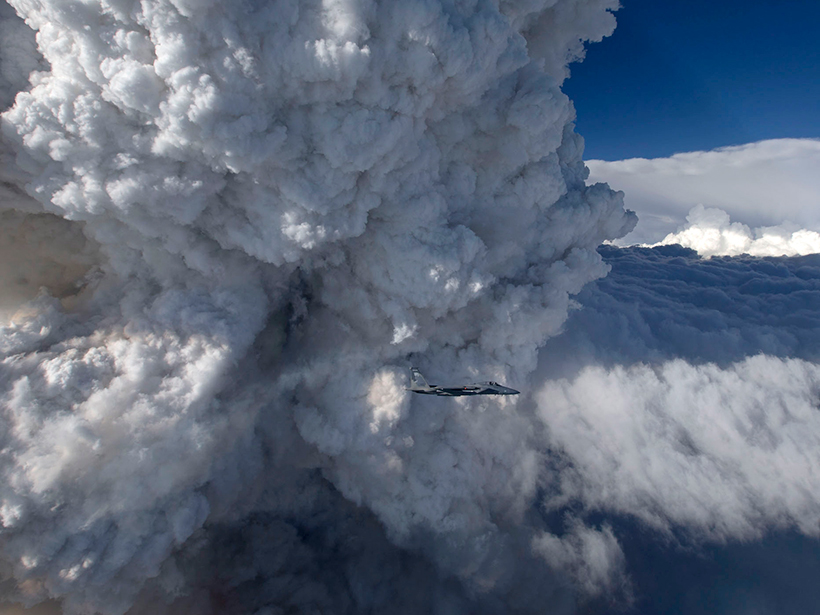I am a climate scientist on holiday in the Blue Mountains, watching climate change in action.
wildfires
What Do You Get When You Cross a Thunderstorm with a Wildfire?
Lightning, fire vortices, and black hail are some of the frightening features of fire-fueled storms, which may become more common in the future.
Rating Fire Danger from the Ground Up
Soil moisture information could improve assessments of wildfire probabilities and fuel conditions, resulting in better fire danger ratings.
Are Beavers Nature’s “Little Firefighters”?
It’s about dam time: Beavers are acknowledged for their firefighting skills in five recent blazes.
Satellite Measurements of Stratospheric Forest Fire Smoke
Intense boreal forest fires in August 2017 caused smoke plumes that reached record levels in the stratosphere; satellite measurements show that the effects rivaled a moderate volcanic eruption.
Iconic Palms Add to Fire Danger in Southern California
As fires burn across Southern California, researchers examine what role nonnative vegetation plays.
Wildfire Smoke Traps Itself in Valleys
Simulations show how wildfire smoke increases atmospheric stability inside some valleys, creating a feedback loop that prevents its dispersion.
Wildfires Affect Water Resources Long After the Smoke Clears
Wildfires affect watersheds in myriad ways, from reducing evapotranspiration to changing soil repellencies, but new research suggests impacts on snowpack and runoff are the most significant.
Golden State Blazes Contributed to Atmospheric Carbon Dioxide
A new case study investigates causes and effects of California’s 2017 wildfire season.
What Wildfire Smoke Tells Us About Nuclear Winter
A cloud of smoke from 2017 Canadian wildfires was so huge that it self-lofted and stayed in the atmosphere for 8 months. Scientists used it as an example for climate simulations of nuclear warfare.



